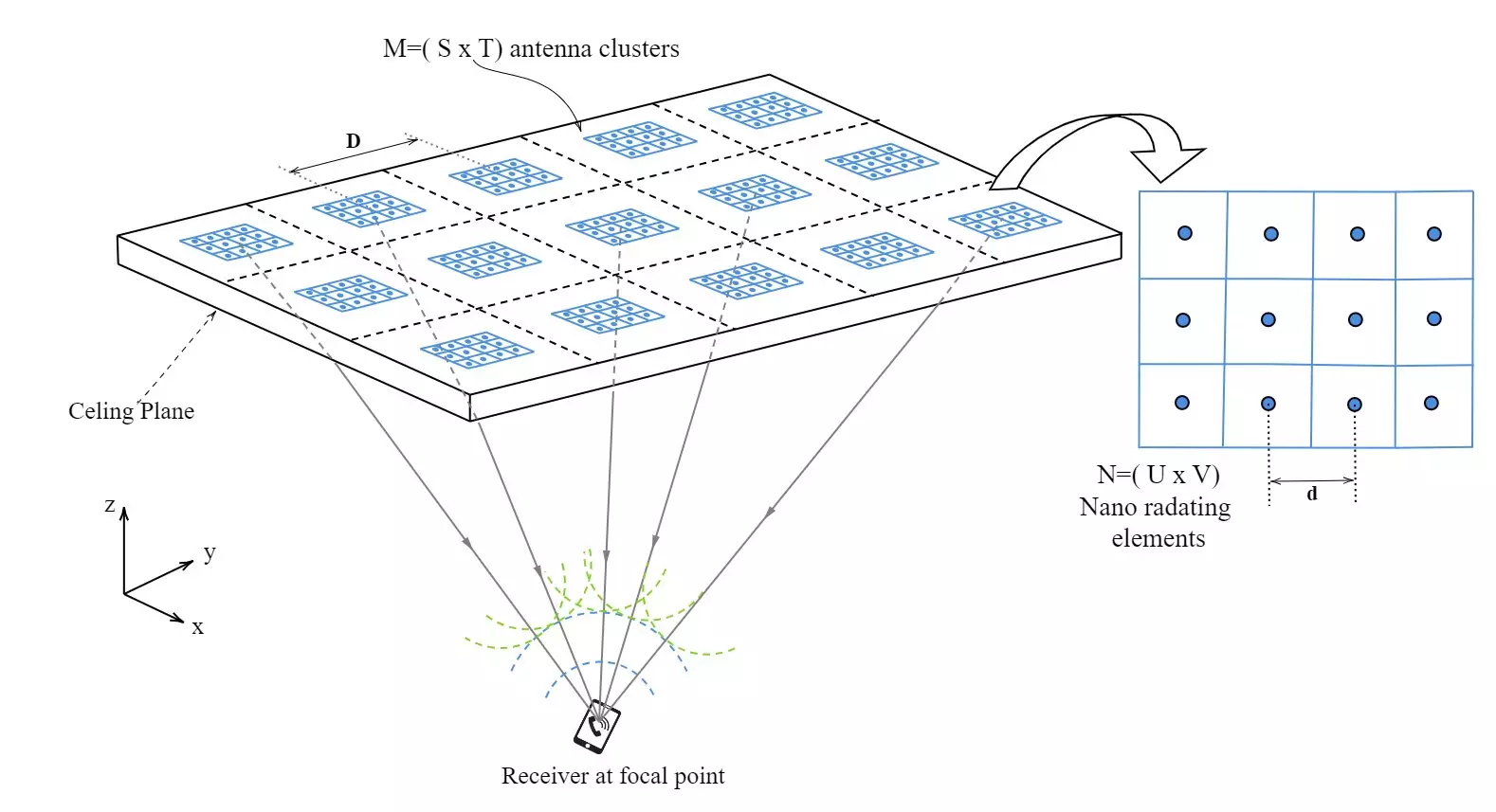As technological advancements lead to an explosion in data generation and consumption, traditional wireless communication systems are becoming increasingly inadequate. Conventional technologies like Wi-Fi and Bluetooth are battling key issues such as bandwidth limitations and escalating signal interference. In the quest for faster, more reliable communication, a groundbreaking technology is emerging on the horizon: Optical Wireless Communication (OWC). This revolutionary approach promises to revolutionize how we connect, paving the way for efficient, robust communication infrastructures that can withstand the demands of the future.
In response to the limitations of existing wireless systems, researchers have made significant strides in developing OWC solutions. Our pioneering work focuses on leveraging infrared (IR) technology to facilitate seamless, interference-resistant transmissions. A hallmark of our research, recently published in the esteemed IEEE Journal of Lightwave Technology, is the innovative concept of the “phased array within a phased array.” This approach mirrors the principles of quantum mechanics, specifically the phenomenon of superposition, wherein a particle can exist in multiple states simultaneously.
Our OWC system employs intricate arrays of optical antennas, meticulously arranged in a layered format. This alignment is crucial not only for enhancing signal precision but also for enabling clusters of transmitting elements that provide superior redundancy and reliability. By utilizing an arsenal of small antennas organized within larger groups, we can circumvent drawbacks associated with traditional single-transmitter systems. This multi-cluster design becomes particularly invaluable in complex environments, where obstacles may inhibit signal clarity.
One of the critical innovations of our research is the implementation of dual transmission wavelengths. This technique not only improves signal stability but also ensures precision and accuracy when transmitting data. Even with increased spacing between clusters, the unique configuration allows the IR signal to maintain its integrity, minimizing potential outages or signal degradation. This robust structure is a significant departure from conventional methods, where signal fade can be a constant concern.
By intelligently distributing these optical antennas, our approach effectively mitigates the challenges posed by environment-induced interferences, a common plight faced by existing RF technologies. The result is a system poised to outperform traditional models in both reliability and efficiency.
In tandem with enhancing communication efficacy, our system places a strong emphasis on energy conservation. Employing a sophisticated Ant Colony Optimization (ACO) algorithm, we tailor our approach to activate only the necessary transmitting clusters at any given time. Drawing inspiration from ant colonies that optimize resource usage in nature, this method directly contrasts the energy-intensive practices of traditional networks, which often keep entire systems powered at all times, unnecessarily wasting electricity.
The ACO system’s selective deactivation of idle clusters not only curtails energy costs but also aligns with global initiatives pushing for greener technology. Reducing energy consumption is not merely a technical enhancement; it represents a commitment to sustainable development in the telecommunications sector.
The implications of our research extend far beyond the immediate applications of faster data transfer. Reliable communication is vital across sectors such as healthcare, where uninterrupted data exchange can be a matter of life and death. Likewise, industrial environments and corporate offices stand to benefit significantly from the enhanced capabilities of OWC systems.
Beyond infrared communication, our underlying principles offer extraordinary versatility and adaptability across various wavelengths. This means that as communication technology continues to evolve, our findings can be integrated into a myriad of applications, ultimately shaping wireless connectivity’s future landscape.
The potential of Optical Wireless Communication is monumental—not just in terms of increasing speed or improving performance. The real transformative power lies in the fundamental reshaping of connectivity paradigms. Our endeavors in research underscore a collective vision of future wireless networks that are not just faster, but also smarter and more environmentally responsible. With continued innovation, we can anticipate a world where seamless communication is the norm, ensuring that our digital interactions are efficient, reliable, and sustainable for generations to come.


Leave a Reply